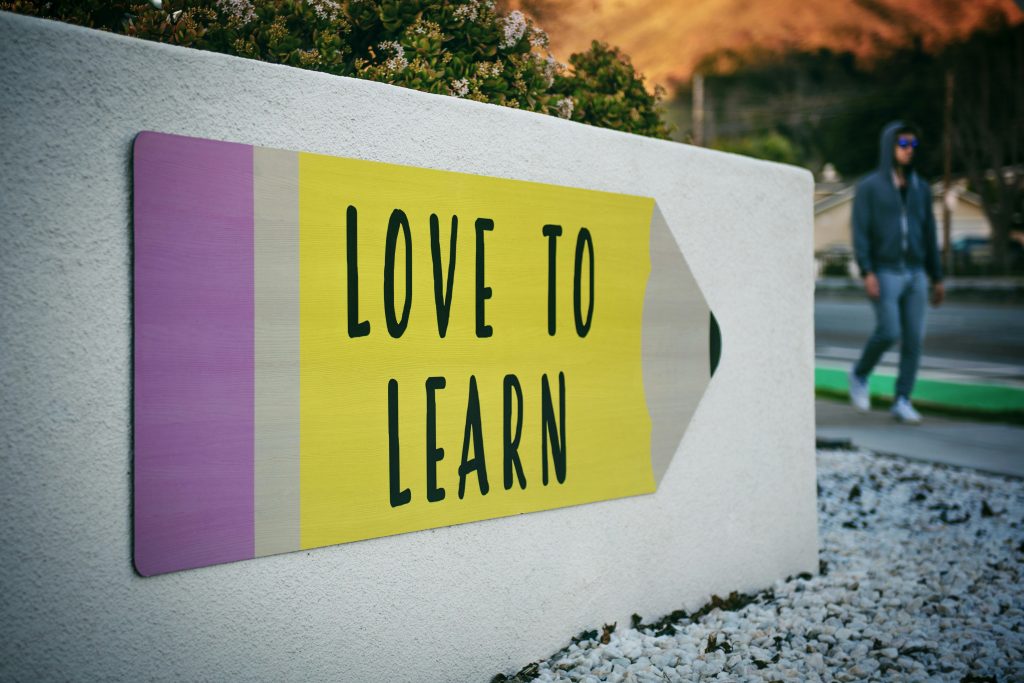Institutional Memory and Learning
Purpose: This document aims to remember and focus on an organization’s need to develop and maintain a viable grassroots institutional learning and memory program.
Content Focus: This document is about the act of learning by workers and leaders as they strive for high performance. It is about learning from internal and external failures and successes. It is about effective memory management. This content is not about the use of legal means to safeguard intellectual property and assets.
This document intends to challenge the leader to determine if the organization has a viable institutional memory program. This is not a “how to do it” paper. The intent is to encourage the leader to determine if the organization has a viable methodology for identifying, collecting, storing, and retrieving wisdom learned for improving organizational performance.
It appears most organizations whose success depends on a specific product, process, image, or innovative tool protects these assets (sometimes labeled as trade secrets) using all available legal means to safeguard their intellectual property and assets. The means used may include but not limited to patents, copyrights, contracts, and trademarks. I have no doubt various images flash through your mind as I share from the shape of a soda bottle (Coca-Cola) to a beautifully shaped trademark of an athletic shoe (Nike).
Memory is identified in this book as the knowledge (know-how), understanding (why it works the way it does), and wisdom (what are the consequences of what we do or not do).
Identifying: Does your organization have a formal, readily available written plan that effectively identifies the knowledge, understanding, and wisdom needed to produce the best of the best products and services both locally and globally?
Are workers and leaders aware of and participate in the formal plan to identify the creators and processes that can be used to produce world-class products and services?
Internally, is the organization aware of an individual or team of workers producing the best products and services (internal survey)?
Does your organization make an effort to capture what a worker has learned during their tenure at your organization? Or do we just let them walk out the door taking everything learned with them, never to be used or applied?
My wife was a teacher of the gifted. She received all types of awards, recognition, and accolades from the school, students, and parents during her career. When she retired, she was given the very best send-off. She was honored with plagues, lunches, personal expressions of gratitude by fellow teachers, parents, students, school leaders, and
government officials. What a send-off!
She once remarked she kept learning new things about the art of teaching up to the day she retired. Justifiably, she was proud of the fact. I picked her up from work on her last day at the school. We took a picture at the door of her room with her nameplate in the background. What a smile! A job well done!
On the way home, I asked her how the past two-week retiring exercise went from her point of view. She shared everyone was so gracious and kind. She had a wonderful send-off. Then, I asked if anyone asked her about what she had learned over the thirty- plus years of teaching. Without hesitation, using a calm matter-of – fact voice, she said “No.” I impulsively responded, “You learned so much.” She shared she had learned a great deal over the years and was more than willing to share.
Institutional memory just walking out the door is a very serious problem in too many organizations. Is your organization guilty?
Externally, is the organization aware of an individual or team of workers producing the best products and services outside the organization (external survey)?
The formal plan must include a means of identifying those producing the best of the best products and services inside and outside the organization.
By Nature: Workers responsible for producing the products and services learn the most when they assume the responsibility for identifying the knowledge, understanding, and wisdom needed to create and exceed standards for world-class products and services.
I encourage team leaders to delegate the process of identifying the best of the best to front line workers. (See Three-Person Teaching, Chapter 55.)
Collecting: The process of collecting the identified knowledge, understanding, and wisdom needed to exceed world-class standards is best determined by the nature of the product or process and sampling process. The methods used may include observations, interviews, surveys, data mining, and dialogue with competitors. In some cases, travel may be involved.
Sending workers out on treasure hunts is not cheap. In terms of return on investment, however, it is a great investment.
And, collecting is not all about behavior in isolation. Reverse engineering best products of competitors and their interactions with tools, both physical and mental, is part of the collecting process.
When you are out at sea and land is out of sight, the most important thing you need to know to get home is where you are.
By Nature: Workers need to know where they are (a comparison) to create a map to where they want to be. This applies to creating quality products and services.
Reporting: Formal reporting of collection efforts may be the very best learning strategy of the entire process. Each worker, or teams of workers, will be required to report to fellow workers what they learned, the significance of what was learned, and how the practices, strategies, tools (physical and mental) used compare to those of the worker or team of workers use.
The report must include recommendations by the worker (or team of workers) of what needs to be done and a strategy to match the best of the best products and practices. Next, the worker (team of workers) must recommend what needs to occur to significantly outperform the best of the best.
This is what they do; this is what we do; and this is how we can do it better than anyone.
By Nature: Teaching others is the best way to learn.
Deep learning. Creating a report and sharing with fellow workers, comparing and identifying differences in strategies, and creating a plan to outperform the best of the best is a prescription for deep learning.
Storing: The reason books have had such a powerful impact on humankind is because they are our knowledge, understanding, and wisdom storage vaults. Books, like storytelling, are a means of sharing with the next generation what has been learned.
By Nature: Since books began to supplement storytelling as a means of sharing learned experiences, learning has accelerated
When workers learn something new, the organization needs to store what has been learned. The individual worker, or team of workers, will gain immensely just from the act of making a record (report) of what has been learned. The means may be written, audio recorded, video recorded, or a combination of all. The technology employed is endless and is a choice. It is not the technology used; it is whether the record is viable and compatible with the retrieval system that counts. Labeling topics that reflect the learning content is all important. Are the terms readily understandable by the end-user? Testing and retesting the system for ease of use is a great investment of time and energy.
My bias – the record of what has been learned needs to meet the KISS Principle: Keep It Short and Simple.
Retrieving: I once heard a colleague say, “I have a great storage system, it is my
retrieval system that does not work.”
An effective retrieval system has to be so simple that everyone can use it. It has to be so sophisticated that it fully captures what has been learned. This may
sound difficult, but it is not. The challenge is whether the leader will make a great investment of time and energy, creating a viable process or do nothing.
Applying: The love of learning is a value to itself. Learning is a powerful stimulus and motivator. Learning without application is a waste of time in terms of improving an organization’s products and services.
“The person who doesn’t read is no better off than the person who can’t read.” Stephen
Covey
Once captured, retrieved learning has many applications and can be made available to the organization as a whole, teams of workers, and individual workers. This storehouse of learning can be adapted to better design more effective organization programs and procedures to include but not limited to:
Recruitment, selection, and retention systems Strategic planning
Resource allocation
Team selection and composition Decision making
Recognition program
Development plans for veteran workers and teams of veteran workers Newly hired worker training program
Compensation plan Communication procedures
Use your imagination, creativity, and adapt. (See Chapter 3 Adapt vs. Adopt.)
Here is the main thing I want to say! Intervention and improvement strategies by nature vary significantly in their ability to leverage performance. Once workers, teams of workers, and the organization as a whole become aware of the leverage potential of each of the five interventions, an informed change strategy can begin.
For future reference The Natural Forces Intervention and Performance Model is shared to increase awareness of which change strategies have the most and least leverage potential. (See Chapter 36 Intervention Model – Natural Forces.)
Individual workers need to become aware of the intervention strategy they are using and its leverage potential as applied to personal development. Teams of workers need to be aware of the intervention strategy they are using and their leverage potential for shared development.
The organization needs to be aware of the resources (money, time, and effort) they are
expending based on each intervention strategy’s leverage potential.
Since programs, policies, and procedures are all interrelated within an organization, each
component needs to be assessed focusing on what has been learned, what is being learned, and what needs to be learned.
Exemplary internal workers and teams of workers are storehouses of learning. They have learned (internal and external to the organization) a store house of knowledge, understanding, and wisdom.
Establish a user-friendly system of storing what has been learned. Not using what has been learned is not to have known it. Use it.
Learn how to change mental models if there are better mental models available. (See Chapter 40 Mental Models How to Change Them.)
Media I recommend for your library:
Book: The 7 Habits of Highly Effective People by Stephen Covey



